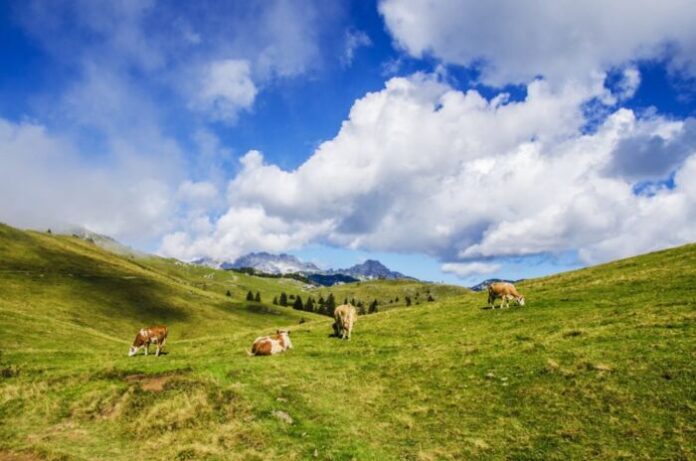
To revive the regional economy in the Marche region, “Appennino Outdoor” was born, an integrated development model that focuses on knowledge of the hinterland through outdoor tourism, a rapidly growing sector. The project, relating to the Apennine area, aims to closely link the exploration of places to the environment and culture of the territory, with the consequent benefits of increasing jobs and encouraging the repopulation of the villages.
Through the creation of a digital system, you can make a real journey to discover hidden places, enchanted by history in an eternal moment, where contact with nature and the quality of life are at the center of the experience; the goal is a tourist offer that goes beyond a single season and that attracts various types of tourism, both national and international. Starting from what has been learned from the design experiences of “Marche Outdoor”, the new “Appennino Outdoor” seeks to expand planning to improve its implementation and results in the area, especially to encourage post-Covid recovery.
From the next few weeks, SVIM, the Development Agency of the Marche Region, will launch a development strategy that will particularly concern the internal areas of the Marche Apennines, with the specific intent of reviving the hilly and mountainous areas. The action will have obvious advantages from a local point of view, since the development of individual places will be improved and essential services for citizens will be strengthened; in the same way, on a more global scale, positive effects will be had on sustainable tourism and on the recovery and enhancement of the territory both at a cultural and environmental level.
The inland areas, already affected by the demographic decline and, subsequently, by the seismic events of 2016, appear particularly fragile and have increasingly become marginal areas. But all is not lost for this. Rather. The recovery and enhancement of potential, in terms of natural wealth and scenic beauty, must be carried out with adequate policies and strategies, in order to favor economic development and adapt services to the needs and requirements of local communities. The project will involve Provinces, Mountain Unions, municipalities, employment, guidance and training centers and ForestryCooperatives.
With a careful operation to ensure the safety of the territory, through the reduction of hydrogeological risk, a preventive strategy aimed at avoiding accidents in inland areas and mitigating the impact due to climate change, the project will be able to guarantee significant environmental benefits. Also by starting naturalistic and forestry engineering interventions and through the enhancement of natural, cultural and landscape resources, the internal areas can become a good employment reservoir and a strong attraction for tourism, encouraging the entrepreneurial initiatives of individuals.
The hoped economic growth may in the future also offer a sort of guarantee for the works to be used for environmental recovery and restoration, especially in the event of natural disasters.
Lastly, the possibility of re-employing the local population, in a state of unemployment, should not be underestimated, and of encouraging the creation of jobs for residents with the possibility of drawing on non-repayable loans.
Starting from the resources of the territory could be the turning point to avoid environmental degradation and encourage the creation of social policies that aim at least to limit depopulation and develop a virtuous circle whereby the territory becomes a source of a circular and sustainable economy.
The project offers us the starting point for a reflection: environmental resources must and can be “exploited”, but with a view to respecting the environment and our history and in inner communion with the spirit of nature and places.



































